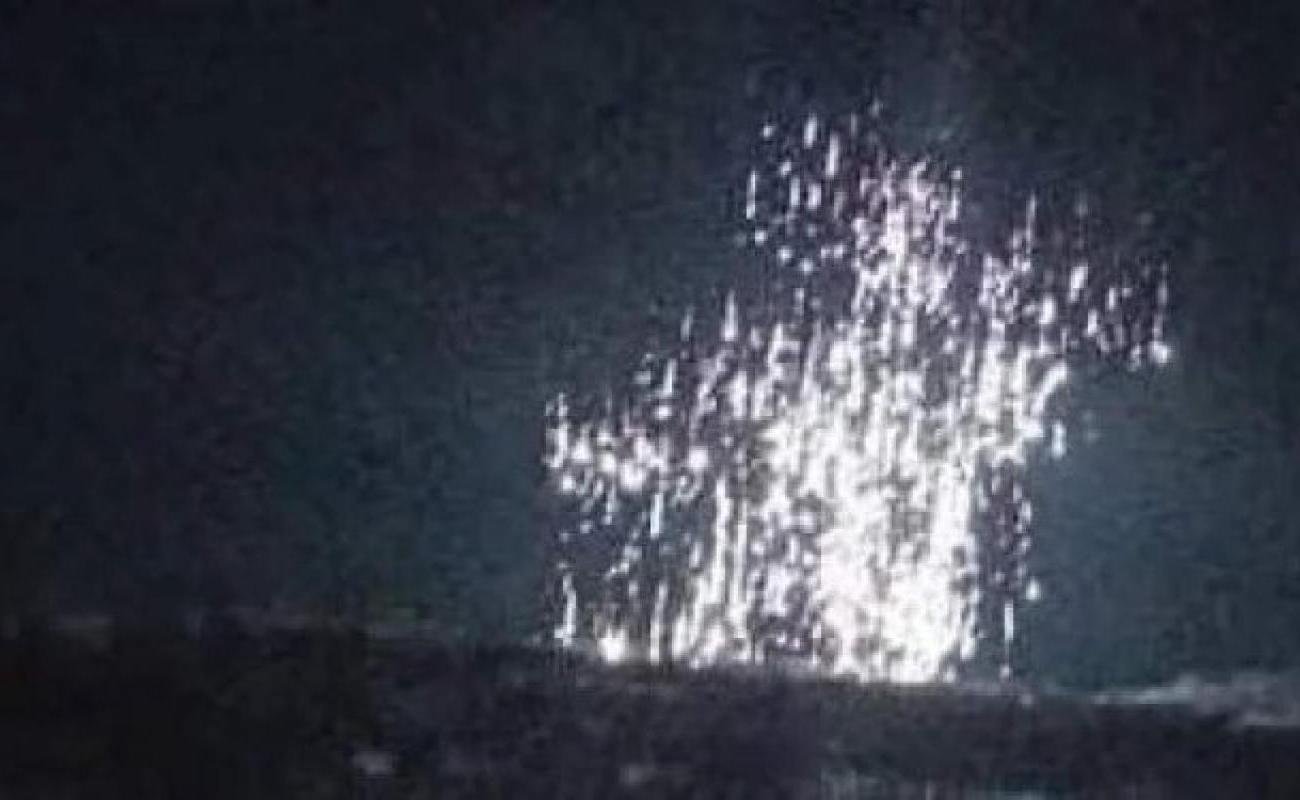The Russian military used phosphorous weapons near Izyum
A Focus source in the Kharkiv region said that everything was burning due to the shelling. White phosphorus is one of the most dangerous weapons.

Russian troops used phosphorous weapons in the Izyuma area of the Kharkiv region, members of the Ukrainian army from the scene confirmed to Focus. According to members of the army, after the use of phosphate weapons, the whole village is on fire. The source did not specify the specific location for security reasons.
"Everything is burning. Almost the whole neighborhood," he said.
What is the danger of phosphorus ammunition?
The danger of such weapons lies in its composition. The weapon contains white phosphorus, which during the explosion spreads matter with a combustion temperature above 800 degrees Celsius over a large area. The fire will not go out until all the phosphorus has burned or until access to oxygen has stopped.
Such weapons cause very serious injuries to humans, and trained professionals are needed to treat such injuries. When such matter is inhaled, the lungs are actually burned within a radius of 150 meters from the site of the explosion. It is also difficult to treat such wounds due to the body’s absorption of phosphorus through the affected area of skin. The substance affects the kidneys, heart and liver if it enters the bloodstream through the wound for a long time.
Due to its characteristics, Protocol III to the Convention on Certain Conventional Weapons prohibits the use of phosphorous weapons. However, Russia is not a signatory to this document.
Russia already used phosphorous grenades during the war against Ukraine.
On the night of March 13, it was announced that the Russian armed forces fired an incendiary rocket at Popasnaya in the Luhansk region. CIT researchers noted that the video shows several rockets flying into the harbor and then exploding violently. Probably 9M22C missiles were used for MLRS City.
Recall, on March 15, Deputy Mayor Izyum said that the situation in the city is not better than in Mariupol. There is no communication in the city and there are no humanitarian corridors
On March 14, the Ukrainian army launched a counter-offensive near Izyum to drive Russian troops out of the city.
